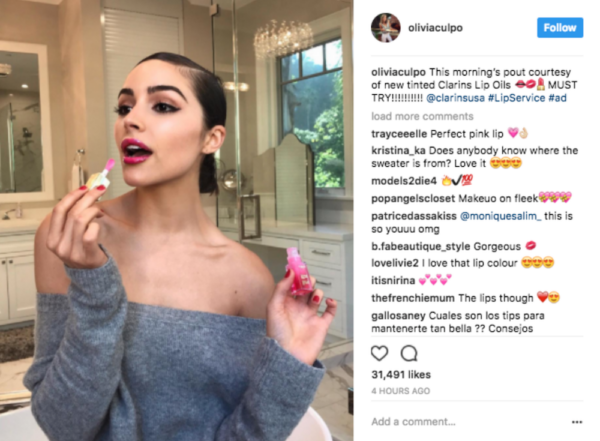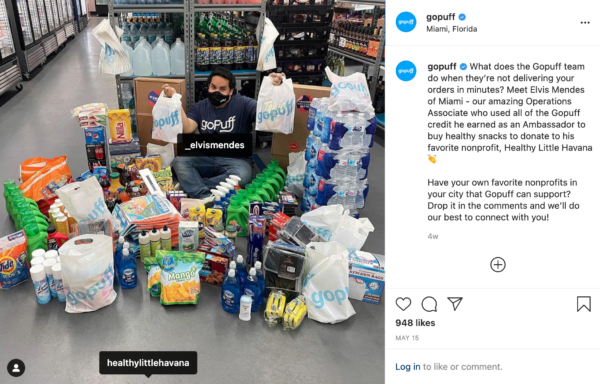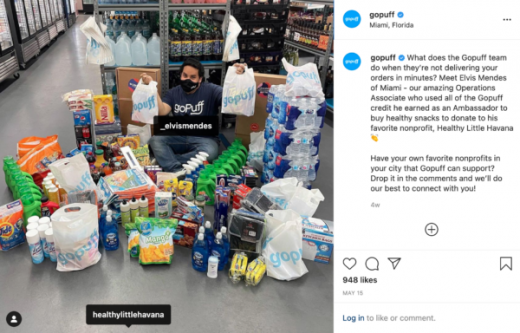Affiliates, Influencers, or Ambassadors: Which is Best for Your Brand?
It’s normal that people get confused about the differences and similarities between affiliates, influencers, and brand ambassadors. After all, they are all people with an audience that collaborate with brands for marketing purposes.
However, you might be surprised that in many cases a person can even be called the 3 things at the same time.
That’s because these programs are all about partnering with people to promote your brand to their audience.
In this article, we will explain what exactly is an affiliate, an influencer, and a brand ambassador, so you can make informed decisions about your marketing strategy.
Key points: what are the differences between affiliates, influencers, and brand ambassadors?
If there is something you should get out of this article, it’s that you shouldn’t pay much attention to the labels of the people you will be working with. Instead, you should focus on your marketing goals and the best way to reach them through partnerships.
In most cases the names, affiliates, influencers, and brand ambassadors are interchangeable.
The way you manage them will make the difference in what you call them.
These are the key points of this article:
- If someone has an audience of over 1000 followers on any social media platform, they are influencers.
- If you collaborate with influencers or non-influencers on a long-term basis on online or offline marketing activities, they can be called brand ambassadors.
- If you collaborate with influencers/brand ambassadors using affiliate links, they can also be called affiliates.
What is an influencer?

Let’s start with the most common of these concepts.
An influencer is someone who has the ability to affect people’s decisions based on the audience’s opinions of him or her.
That is essentially what an influencer is. It’s all about their audience and their influence on them.
But they don’t necessarily need a huge audience to be considered influencers. In fact, there are 6 categories of influencers based on their follower counts:
- Nano-influencers: 1,000 – 10,000
- Micro-influencers: 10,000 – 50,000
- Mid-tier influencers: 50,000 – 500,000
- Macro-influencers: 500,000 – 1 million
- Mega-influencers: 1 million – 5 million
- Celebrity influencers: Over 5 million followers
Today, small influencers are becoming very popular for brands because they feel more authentic to audiences than big influencers. So they are worth considering for your campaigns.
Typical influencer marketing campaigns generally work this way:
A brand pays an influencer to create 1 or 2 pieces of content endorsing a product or service.
After that, the campaign is over.
However, brands are also realizing that long-term collaborations are more beneficial.
When this happens, the influencers can be called brand ambassadors as well. In addition, if affiliate links are used in the strategy, they can also be called affiliates.
More on these two things below.
What is an affiliate?

An affiliate is a person that gets rewarded by a brand for getting new customers through the affiliate’s own marketing efforts.
These marketing efforts mainly include online activities such as creating social media content or writing blog posts. It’s all up to the affiliate to decide what content to create.
The main differences between influencer marketing and affiliate marketing are that the latter is performance-based and uses affiliate links.
Affiliate links are unique links given to affiliates that direct to a specific product or service on a website. They allow affiliate management software to track the number of people that clicked on a specific link and how many of those clicks resulted in a sale.
Sometimes these links have a cookie that tracks the clicks and sales for a particular time period with the purpose of giving affiliates a better deal.
Affiliates then earn a commission established by the brand for every sale they generate from their marketing efforts and links.
Having an audience isn’t always a requirement to become an affiliate. However, without an audience, they won’t successfully earn commissions.
Successful affiliates have an established audience in their social media platform of preference, so that would qualify them as influencers as well. And since you work with affiliates on a long-term basis, they could also qualify as brand ambassadors.
What is a brand ambassador?

A brand ambassador is a person who is hired to represent a brand in a positive light and by doing so increase brand awareness and sales.
Basically, anyone can be a brand ambassador if the brand thinks it’s a good fit. It’s common to see brand ambassador programs made up of customers, employees, influencers, and even students without many followers.
This is what makes ambassador marketing programs so effective. Brands can hire on a long-term basis hundreds of ambassadors that feel authentic to their target demographics.
Brand ambassadors can participate in online activities such as creating social media content, just like affiliates or influencers. However, they can also participate in offline activities, like hosting events, classes, experiential marketing tactics, etc.
Additionally, ambassadors can be rewarded for their tasks with free products, discounts, cash payments, or commissions.
As you can see, brand ambassadors are influencers as well just because of the fact that they have an audience. Also, if you use affiliate links to track and reward members, then you have a brand ambassador affiliate program.
Best practices
Now that you know exactly what affiliates, influencers, and brand ambassadors are, it’s time to start identifying your goals and planning the ideal program.
As we mentioned before, they’re all about partnering with people to drive awareness and sales in key demographics. So instead of thinking about definitions, focus on creating a strategy that fits your marketing goals.
So what should you be thinking about?
Based on the current trends for these types of programs:
- Find influencers of any size that actually love your products or services.
- Focus on being authentic, building a community, and building the relationship with your customers.
- Run short-term influencer marketing campaigns for driving awareness when launching a product or service.
- Partner with creators on a long-term basis for conversions, building your community, and generating consistent user generated content.
- Use affiliate links in case you want to pay for performance.
- Consider other compensation methods.
This post was originally published here.
Digital & Social Articles on Business 2 Community
(48)


